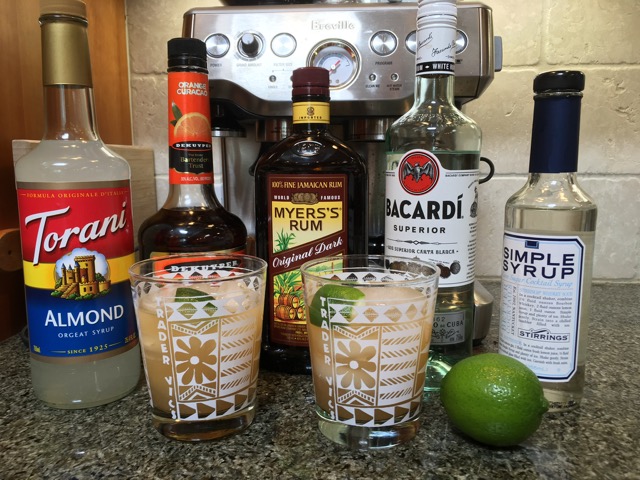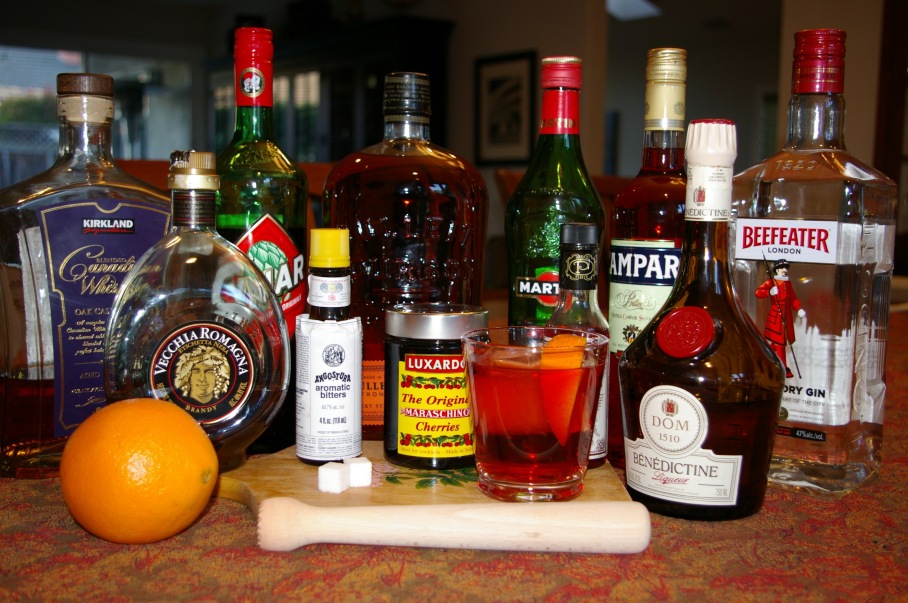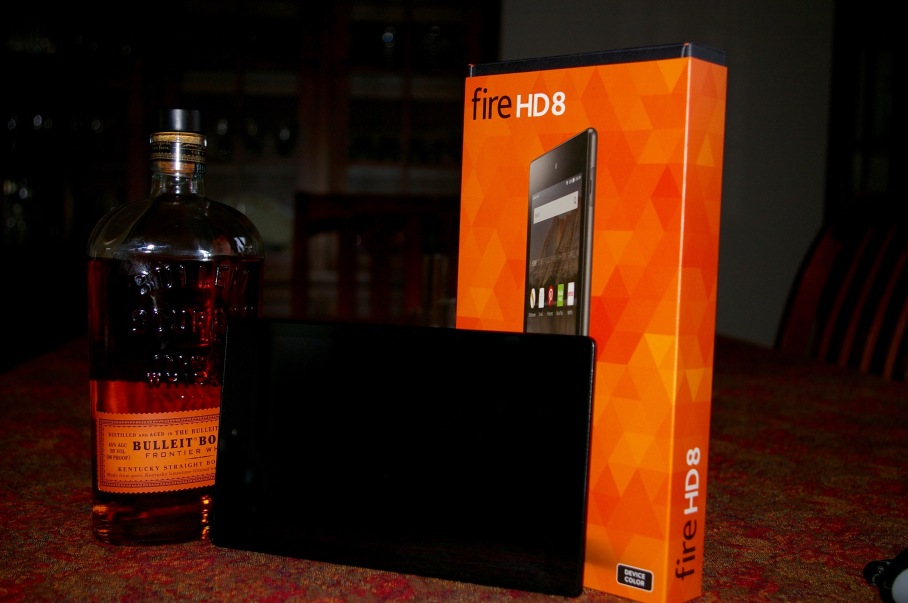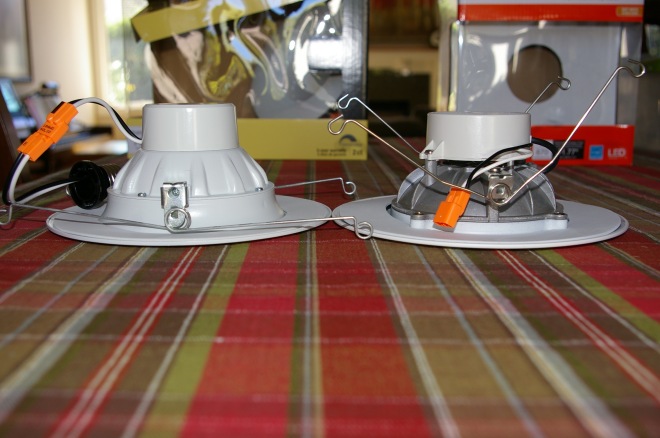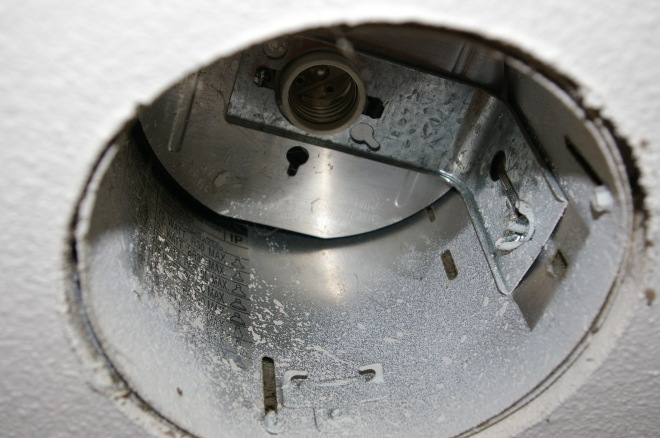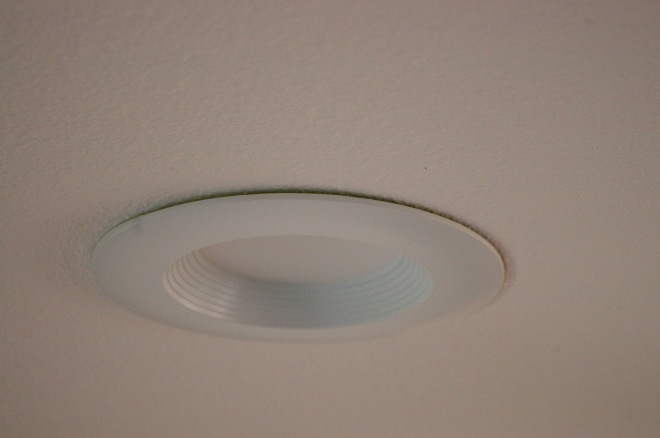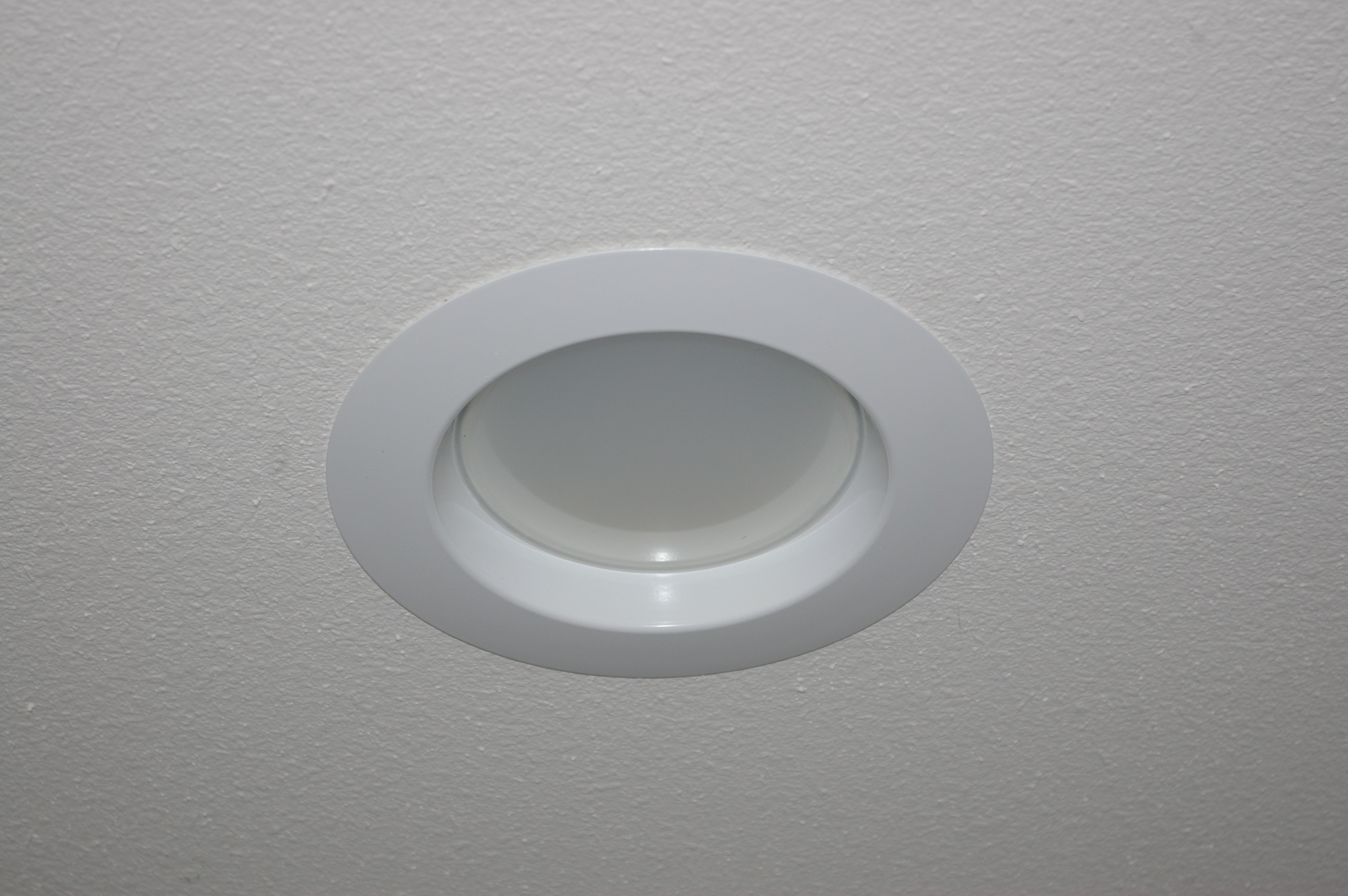Update Aug 2020: A couple quick updates. 1) YouTube TV increased its price to $65 a month. That’s a significant increase. We’re still going with it for now, but that certainly cuts into the cost savings. 2) after dealing with inconsistent TV reception I moved my antenna from the attic to the roof and reception quality has improved. 3) Data cap has not proven to be a problem (especially now that Xfinity has increased it to 1.2TB).
I did it! This month I called AT&T and cancelled my TV and internet. And to be fair the customer representative was very professional and handled my request efficiently and with no drama (a far cry from some Comcast horror stories of the past).
What am I replacing it with? This right here (monthly cost):
-----------------------+-----
Xfinity 100/5 Internet | $55 ($35 for first year)
Amazon Recast OTA DVR | $ 0
YouTube TV | $50
-----------------------+-----
Total | $105 ($85 for first year)
The Amazon Recast (plus TV antenna) gets us our local channels for free. We supplement that with YouTube TV (a live streaming service) for cable channels: primarily sports and lifestyle (cooking, HGTV, etc). Of course not much sports on at the moment!
You’ll notice that this cost is not that much different from a traditional cable double play package with discounts and multi-year agreement. But it is cheaper once you loose those discounts. And some of us are tired of playing the bundle/contract/renegotiate game.
I’m ignoring other on-demand streaming services (Netflix, etc) because those typically supplement your cable TV, so they are out of scope of this article.
Requirements
Your priorities are likely different than ours. For the record, here were our priorities:
- Local major networks
- Cable sports channels, including home games of local teams
- A few lifestyle cable channels like HGTV, Food Network, Discovery, etc.
- Avoiding lock-in and long term contracts
- Mitigation of the 1TB data cap most home internet services come with
On to the details.
Over The Air with Amazon Recast
Over The Air (OTA) broadcasts give you the major networks for free if you’re within range of broadcast towers. This means you usually get the following:
ABC, CBS, NBC, Fox, CW, PBS
Plus a pile of other channels that you’re probably a bit less interested in (Hogan’s Heros reruns anyone?).
Now you may be wondering: why bother? Aren’t those channels also available via YouTube TV and other premium live streaming services? A few reasons:
- It’s free (after initial purchase of equipment)
- Watching these local channels does not pull video over the internet, so you’re not consuming much bandwidth. That means:
- You’re not competing for bandwidth with other family members.
- You’re not consuming bandwidth that goes against your ISP’s data cap.
- Your DVR is local and under your control
- Live stream “cloud DVRs” have various limitations wrt capacity, ability to skip commercials, retention policy, etc.
- You might be able to save money on your live streaming package because you don’t need a package that has local channels. So, for example, you might be satisfied with Philo at $20 a month, instead of a premium live streaming services at $50+ a month.
Of course to get these channels, you must be able to get these channels. Remember when you cared about TV reception? Then blissfully forgot about it? Well, now you care again. And it’s even more challenging since the channels are digital — and they don’t degrade well with weak signals.
Thankfully there are tools to help.
The first step is to go to http://www.tvfool.com/ and check your address to see what channels you get and find the location of broadcast towers.
I live in the San Francisco bay area. According to TV Fool I’m about 35 miles from Sutro tower in San Francisco, and I should be able to receive the channels I want using an indoor antennae (the channels are coded in green). Most of the channels are UHF, but a couple are VHF.
Since I can get my channels from one direction I purchased a directional TV antenna. If you need to receive signals from multiple towers in different locations you’ll need a multi-directional antenna (or multiple directional antennas). If you live close enough to broadcast towers you might be able to use an indoor antenna. For my case I chose to attic mount since I’m a bit away from the tower. So here is what I got:
RCA Outdoor Yagi HD Antenna Model ANT751E
I chose this model because:
- Reviews are good
- It receives UHF and VHF
- It’s compact enough to fit in an attic
- Reasonably priced
- Made in USA
I mounted it in the attic (it comes with a mount) and wired it up with high quality quad shielded coax.
Note that the TV Fool reception codes are based on best-case scenarios. Your results will likely be worse. That’s why I went with an attic mount antenna instead of a simple indoor antenna.
Aiming and Improving Signal
From TV Fool I noted my tower azimuth (compass heading). Since I used a real compass I noted the magnetic heading. If you’re using your phone’s compass you’ll want to check its preferences and see if it’s set for true north or magnetic north. Then make sure to use the proper number from TV Fool.
Using the heading I pointed my antenna. Then back downstairs I connected the coax to my TV and did a channel scan (bypassing the Recast for now). This verifies you can receive the stations you want, and some TVs even indicate signal strength.
If you’re desired channels have a weak signal, here are a couple things to try:
- Double check your antenna’s compass heading. Try nudging it a bit in either direction to see if that improves reception.
- Make sure you have no splitters between your antenna and your TV
- Minimize cable length between your antenna and your TV
- Use high quality coax
- You can try adding a low gain amplifier, but these are primarily for overcoming signal loose due to splitters and long cable runs.
If you still have trouble with weak signals, you might have to move your antenna outdoors. That’s beyond the scope of this article.
Generally my reception has been good. Although on some days ABC is weak. Don’t know if this is due to weather (stormy days seem to be worse) or if their broadcast power fluctuates. Thankfully in the evenings it is pretty good.
The Amazon Recast
So you’ve got your antenna up and it’s receiving channels. Now time to hook it up to an OTA DVR.
There are a few choices for OTA DVR’s. I chose the Amazon Recast because:
- We already have Amazon Prime
- We already have Amazon Fire Sticks
- It has no monthly subscription (some OTA DVRs require a subscription to get the channel guide)
- Reviews are fairly positive
What does the Recast do for you? It provides a few things:
- An on-screen guide. Just like you get with your cable box. Much, much more convenient than using a typical TVs interface.
- A DVR, just like you get with your cable box.
- Ability to view content remotely
Setting up the Recast is pretty straightforward. Just follow the instructions. I ran into a few glitches that were solved by rebooting my iPhone that I was running the Amazon TV app on.
To clarify: there are two apps that are used with the Amazon Recast:
- The Fire TV app running on your phone/tablet: this is used to setup and manage your Recast. It also has limited support for watching channels and recordings off of your Recast. But it is limited. It does not have a channel guide for example.
- The Fire TV Stick: this what you’ll typically use to watch TV and manage recordings. The Recast features are fully integrated with the Fire Stick’s UI (more on this later).
Once the Recast is setup, switch to your Fire Stick.
The Recast UI
The Recast is well integrated with the Fire TV UI on the Fire Stick. You’ll see a new DVR tab, plus current channels appear on the home screen. Arrow over to the DVR tab to access the features of the Recast.
A couple tips for navigation:
- The “hamburger” (or menu) button on the remote is your friend. Since the Fire remote does not have all those dedicated buttons like your cable remote, you’ll need to rely on the context sensitive menu button for short cuts.
- Set your favorites! If you click the menu button in the channel guide you have the option to mark a channel as a favorite. This moves the channel to the top of the guide, and features it on the home screen. I receive 100+ channels. I only care about 6 or so. Marking favorites is key.
- Go to Manage Channels to hide channels from the guide. You can also see channel strength there.
Tuners and Transcoders
Based on the reviews and questions, one area of confusion with the Recast is around tuners and transcoders.
- Tuners: used to tune into a station from your antenna. Depending on model, the Recast has either 2 or 4 tuners.
- Transcoders: used to stream a channel or recording to your Fire TV Stick. All models of the Recast currently support 2 transcoders.
So in practice, what does this mean? Best illustrated by showing examples. If you have the 4 tuner model, here are some scenarios
| Recording | Watch Live | Watch Recording | In Use +-----------+------------+-----------------+------------------------ | 0 | 0 | 2 | 0 tuners, 2 transcoders | 1 | 1 | 1 | 2 tuners, 2 transcoders | 2 | 1 | 1 | 3 tuners, 2 transcoders | 2 | 2 | 0 | 4 tuners, 2 transcoders | 3 | 0 | 2 | 3 tuners, 2 transcoders | 3 | 1 | 1 | 4 tuners, 2 transcoders | 4 | 0 | 2 | 4 tuners, 2 transcoders
As you can see the sum of the Recording and Watch Live columns can never be more than 4 (for the 4 tuner model, 2 for the 2 tuner model), and the sum of the Watch columns can never be more than 2 (because of 2 transcoder limit).
Recast Tips
- Make sure you have a solid WiFi signal for your FireSticks. The number one cause of pausing/buffering issues is weak WiFi.
- If you can afford it, get the 4K FireStick. Not because it is 4K, but because it has a faster processor. I noticed it is snappier than my older Fire TV Pendant.
- If you use a 4K FireStick and 4K TV then set your FireStick to display at 720p (it’s under Video Settings). Crazy I know. Read on.
An explanation on that last item. HD broadcast TV is 720p or 1080i (turns out 1080i really isn’t much better than 720p). If you have a 4K TV the 4K FireStick will upscale the video to 4K, and it does not do a very good job of it so the picture looks soft/fuzzy. Instead you want the FireStick to output 720p and let the TV upscale to 4K because it will do a much better job. I was pretty disappointed with picture quality until I made this change. Helped immensely.
Note that this also means any other content your FireStick streams will be no better than 720p. This is either a negative (because you want 4K) or a positive (because you consume less bandwidth).
Recast Glitches
So how has the recast worked for me? Overall pretty well. I like the UI, and it’s been fairly stable — although not quite perfect. Some glitches I’ve hit:
- Pausing during playback. My impression is that this is primarily caused by WiFi issues, or issues with my router — although we don’t see this with other streaming services. My hunch is that the Recast software assumes a fast stable network connection and is less tolerant of network issues than, say, the Netflix client. Hopefully Amazon improves this.
- Playback video goes black. Possibly triggered when a recording starts. Fixed by exiting the playback, then resuming. I’m no longer hitting this so it may have been fixed in an update.
- Audio synch off on live TV. Restart Recast.
Live Streaming
OK, so you’ve got your local channels. You might want to supplement that with “cable channels”. First make a list of your must-haves. For us that’s:
- NBC Sport Bay Area
- ESPN family of stations
- Cable News: CNN, etc
- Cable Lifestyle: HGTV, Discovery, Food Network, TNT, TBS, etc
Then go shopping. Here are some popular options. Information is as of this writing and almost certainly will change.
- Sling TV Orange + Blue: $45. DVR: 10 hours, skip ads. Enhanced DVR: +$5 50 hours
- Hulu Live TV: $55. DVR: 50 hours no skip ads. Enhanced DVR: +$10 200 hours, skip ads
- YouTube TV: $50. DVR: Expire after 9 months, skip ads
- Philo TV: $20, DVR: expire after 30 days, skip ads?
Hulu, YouTube, Philo also offer some amount of on-demand content. Some have additional add-on packages to tailor your channels. Philo has no sports hence the lower price. Some of these don’t have local broadcast networks (but we don’t care, we have OTA).
One channel of note: DIY. If you’re a fan of the DIY network (soon to be Magnolia Network) pay close attention to what’s offered by the streaming service. As of this writing YouTube TV does not have DIY and has no way to add it. Philo has it. Hulu, Sling, FuBo offer it in an add-on package.
Keep in mind these offers constantly change. And keep an eye out for limitations with the service’s Cloud DVR. And finally, check how easy it is to suspend or cancel your subscription.
YouTube TV
In the end we choose YouTube TV because it has most of what we want with decent reviews. It also has a nice feature where you can pause your account if you’re not going to use it for a while. And it’s easy to cancel. The UI is OK, but still getting use to it.
In fact so far that has been the biggest negative with this setup — inconsistent UIs. When watching our local channels via the Recast you get one experience. Jump into YouTube TV it’s another experience. But that’s the way it’s going to be with multiple streaming services.
Conclusion
Overall we’re pleased. We do get occasional reception problems that I’m trying figure out. I think it is related to weather (stormy days seem to have worse reception). And I might need to move the antenna to the roof. But overall I feel liberated!

